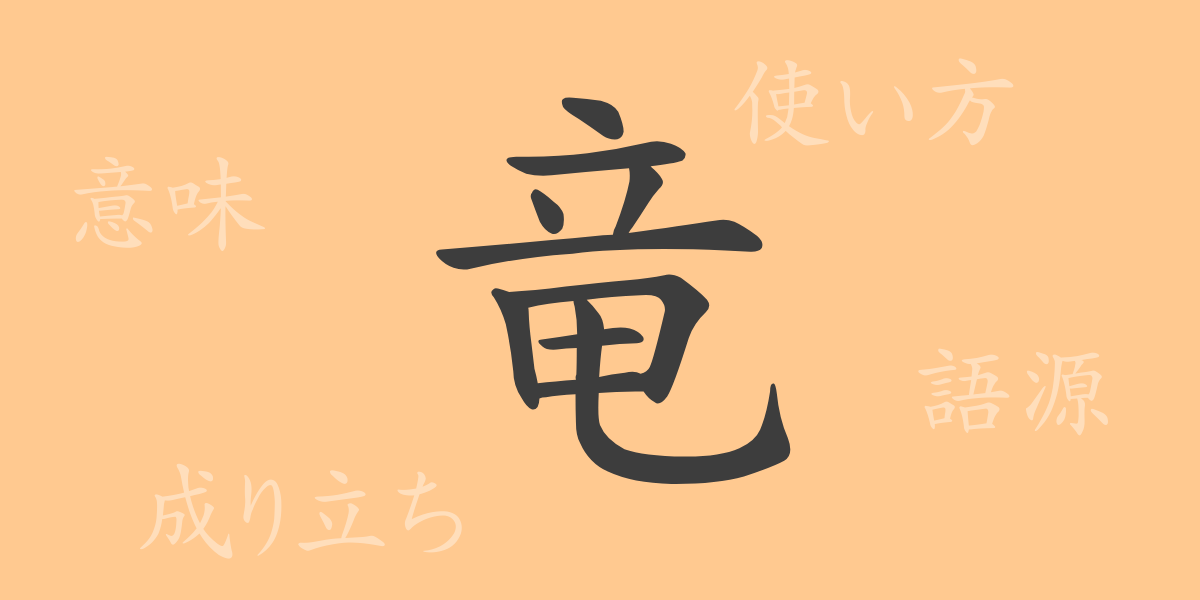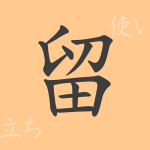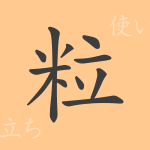Shrouded in mystery and igniting human imagination since ancient times, the “竜 (ryū)” or “dragon” is deeply rooted in Japanese culture and language. In this article, we delve into the 常用漢字 (jōyō kanji) “竜 (ryū),” exploring its origin, meaning, usage, pronunciation, and even the idioms and proverbs it appears in. Join us as we uncover the allure and influence of the dragon.
Origin of 竜 (ryū)
The kanji “竜 (ryū)” originates from ancient Chinese mythology. The dragon, or 龍 (lóng), depicted in ancient Chinese texts, was a water deity that controlled rain and held significant importance in agricultural societies. The kanji “竜 (ryū)” was adopted in Japan to represent this mythical creature and eventually found its place in Japanese mythology and folklore.
Meaning and Usage of 竜 (ryū)
The kanji “竜 (ryū)” primarily refers to a legendary creature, often depicted as a giant serpent or a mystical being. It is also used to symbolize something powerful and majestic. For example, it appears in words related to natural phenomena and mythology, such as 竜巻 (たつまき, tatsumaki – tornado) and 竜宮城 (りゅうぐうじょう, ryūgūjō – Dragon Palace).
Pronunciation, Stroke Count, and Radical of 竜 (ryū)
Understanding the pronunciation and composition of the kanji “竜 (ryū)” can provide deeper insights into its meaning.
- Pronunciation: It is read as “リュウ (ryū)” in Onyomi (音読み) and “たつ (tatsu)” in Kunyomi (訓読み).
- Stroke Count: “竜 (ryū)” consists of 10 strokes.
- Radical: The radical is “立 (りつ, ritsu),” but “竜 (ryū)” is sometimes treated as a kanji under the “竜部 (りゅうぶ, ryūbu)” radical.
Idioms, Proverbs, and Phrases Using 竜 (ryū)
Many idioms, proverbs, and phrases that include “竜 (ryū)” reflect its strength and majesty. For instance, “竜頭蛇尾 (りゅうとうだび, ryūtōdabi)” means starting with a bang but ending with a whimper, while “臥竜鳳雛 (がりょうほうすう, garyōhōsū)” refers to a person with hidden talents. These examples show how the imagery of the dragon is directly reflected in the language.
Conclusion on 竜 (ryū)
The kanji “竜 (ryū)” encompasses a rich history and meaning beyond just a character. From its depiction as a mythical creature to its use symbolizing immense power and mystique, this single character encapsulates a significant part of Japanese cultural identity. The “竜 (ryū)” will continue to inspire our imagination through language.

























